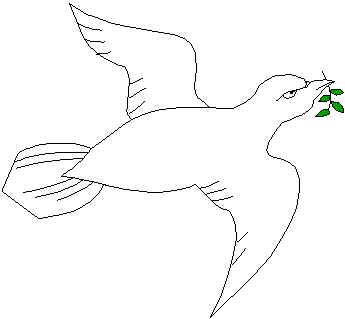TOPICS
Anemia causes | Resources | Resources & Research News
Anemia is when you have too few red blood cells (hemoglobin) in the bloodstream, leading to not enough oxygen in tissues and organs. When our cells have too little oxygen, we can feel profoundly fatigued.
The three main causes of anemia are:
.gif) |
Blood loss
(such as from internal bleeding due to low platelets)
|
.gif) |
Lack of red blood cell production
(such as from lymphoma limiting the development of new red blood cells in the bone marrow)
|
.gif) |
High rates of red blood cell destruction
(such as from autoimmune disease causing destruction of these blood cells)
|
 Anemia may cause weakness, dizziness, low energy, and sometimes shortness of breath. Anemia can be caused by the malignancy (such as lymphoma in the marrow), and it is also a common and temporary side effect of many standard treatments, such as chemotherapy and radiation.
Anemia may cause weakness, dizziness, low energy, and sometimes shortness of breath. Anemia can be caused by the malignancy (such as lymphoma in the marrow), and it is also a common and temporary side effect of many standard treatments, such as chemotherapy and radiation.
Note: The fatigue that's associated with anemia can also be caused by depression.
Reporting fatigue:
Clinical signs of anemia - changes in performance - would be important to report, such as fatigue, shortness of breath on exertion, general weakness - but these can be difficult to be aware of when a condition comes on gradually - which is another reason regular exercise is a very good idea, as you will more readily notice a decrease in performance when you do regular activities - you will notice that you could walk around the block yesterday, but not today. Such reports on performance will be of more use to our doctors as well, compared to reporting "I feel tired."
Causes
Unless treatment-related anemia is assumed, the clinician will first seek the type and underlying cause:
.gif) |
Production-based (microcytic) most common
associated most commonly with iron deficiency, also chronic disease and thallesemia
|
.gif) |
Deficiency-based (macrocytic)
associated with absorption problems, B12 deficiency, folate deficiency.
|
.gif) |
Destruction-based (normocytic)
(commonly associated with acute blood loss, chronic disease)
|
Causes (in order of frequency in US):
.gif) |
Iron-deficiency anemia
|
.gif) |
Blood loss due to Abnormal Bleeding (Uterine, Gastrointestinal)
Low platelets could contribute to this cause
|
.gif) |
Anemia of Chronic Disease
Chronic Renal Failure
Connective tissue disease
|
.gif) |
Macrocytic Anemia (absorption problems)
Pernicious Anemia (B12 Deficiency)
Folic Acid deficiency
|
.gif) |
Hemolytic Anemia
abnormal breakdown of red blood cells
Autoimmune Hemolytic Anemia
Non-Autoimmune Hemolytic Anemia
Adapted from fpnotebook.com (excellent resource)
|
Resources:
.gif) |
About fpnotebook.com | Wikipedia.org | eMedicine
|
.gif) |
NEW For Patients emedicinehealth.comm
|
.gif) |
Coombs' test for Medline
Used to detect and identify antibodies in patient sera or antibodies bound to red cells.
Used for the diagnosis of hemolytic disease of the newborn, and autoimmune hemolytic anemia
|
Related Topics:
.gif) |
|
.gif) |
Is it iron-deficiency anemia? - bloodline.net
|
.gif) |
Erythropoietin (Procrit) for treatment-related anemia - PAL- biologics
|
.gif) |
|